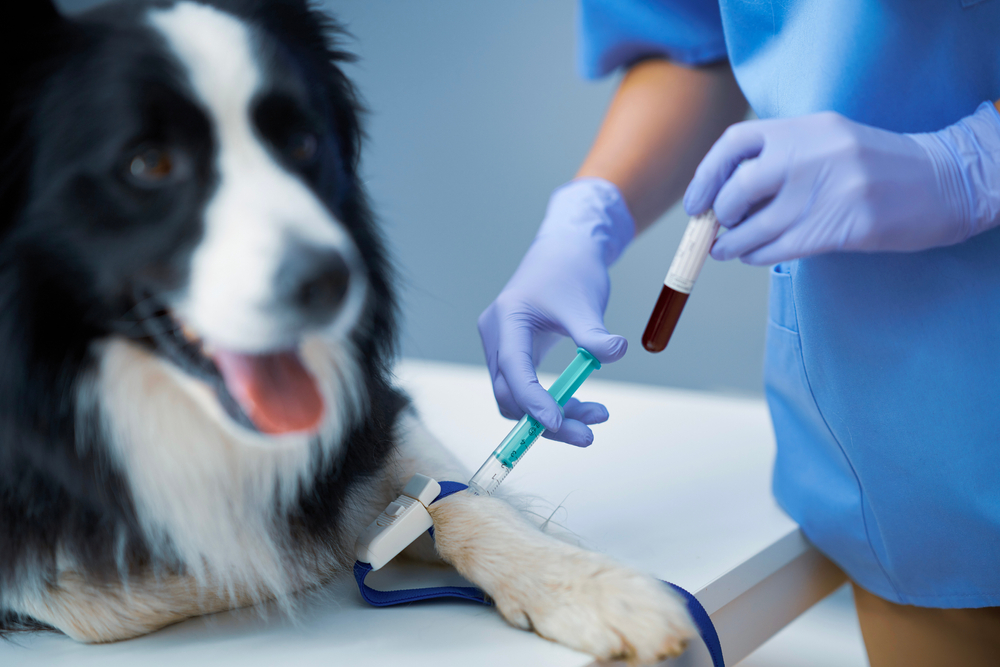As a pet owner, keeping your furry friends healthy and safe is a top priority. However, nematodes, or parasitic worms, can pose serious health risks to pets if not properly managed. This article will discuss which nematodes are of special concern to pet owners and how infections can be detected in pets.

Common Nematodes of Concern
1. Roundworms (Toxocara canis and Toxocara cati) Roundworms are one of the most common parasitic infections in pets, particularly in puppies and kittens. These nematodes can be transmitted through the ingestion of infected eggs from the environment or through the mother’s milk.
2. Hookworms (Ancylostoma spp. and Uncinaria spp.) Hookworms are blood-sucking parasites that attach to the intestinal lining of pets, causing severe anemia and intestinal issues. Pets can contract hookworms by ingesting larvae from contaminated soil or through skin penetration.
3. Whipworms (Trichuris vulpis) Whipworms reside in the large intestine of dogs and can cause chronic diarrhea, weight loss, and general poor health. They are transmitted through the ingestion of contaminated soil or feces.
4. Heartworms (Dirofilaria immitis) Heartworms are transmitted through mosquito bites and live in the heart and pulmonary arteries of infected pets, leading to heart failure and other serious complications. Dogs are especially susceptible to heartworms.
How Infections Are Detected
Detecting nematode infections in pets involves various diagnostic methods, some of which include:

1. Fecal Examination A fecal examination, or fecal floatation test, is a common method for detecting nematode eggs in a pet’s stool. A small sample of feces is mixed with a special solution that causes the eggs to float to the surface, where they can be identified under a microscope.
2. Blood Tests Blood tests are primarily used to detect heartworm infections. The test looks for the presence of heartworm antigens or microfilariae in the pet’s blood.

3. Physical Examination Veterinarians may perform a thorough physical examination to look for signs of nematode infections, such as a distended abdomen, poor coat condition, or weight loss.
4. Imaging Techniques In some cases, imaging techniques like X-rays or ultrasounds may be used to detect the presence of heartworms or other internal parasites.
5. Symptoms Observation Pet owners should be aware of common symptoms of nematode infections, such as vomiting, diarrhea, coughing, lethargy, and changes in appetite or weight. Prompt veterinary attention is necessary if any of these symptoms are observed.
Prevention and Treatment
Preventing nematode infections involves several proactive steps:
1. Regular Deworming Regular deworming treatments, as recommended by a veterinarian, can help prevent many nematode infections.
2. Clean Living Environment Maintaining a clean living environment by regularly cleaning up pet feces and keeping pets away from contaminated areas can reduce the risk of infection.

3. Heartworm Prevention Administering heartworm preventative medications, especially in regions where heartworms are prevalent, is crucial for protecting pets.
4. Regular Veterinary Check-ups Routine veterinary check-ups ensure early detection and treatment of any parasitic infections, keeping pets healthy.
Conclusion
Nematodes pose a significant health risk to pets, but with proper prevention and early detection, infections can be managed effectively. Pet owners should stay vigilant for signs of nematode infections and maintain regular veterinary care to ensure their pets remain healthy and happy. By understanding the risks and taking proactive measures, you can protect your furry friends from the dangers of nematodes.
